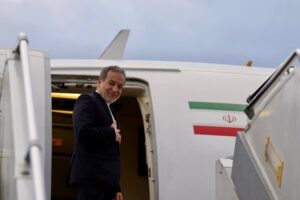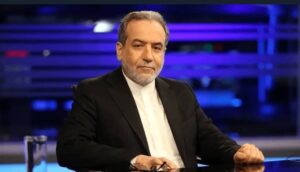According to a recent U.S. assessment of the destruction caused by the military operation, five current and former U.S. officials familiar with the assessment told NBC News, one of the three nuclear enrichment sites in Iran struck by the United States last month was mostly destroyed, setting work there back significantly. But the two others were not as badly damaged and may have been degraded only to a point where nuclear enrichment could resume in the next several months if Iran wants it to.
The assessment, part of the Trump administration’s ongoing efforts to determine the status of Iran’s nuclear program since the facilities were struck, was briefed to some U.S. lawmakers, Defense Department officials and allied countries in recent days, four of those people said.
NBC News has also learned that U.S. Central Command had developed a much more comprehensive plan to strike Iran that would have involved hitting three additional sites in an operation that would have stretched for several weeks instead of a single night, according to a current U.S. official and two former U.S. officials.
President Donald Trump was briefed on that plan, but it was rejected because it was at odds with his foreign policy instincts to extract the United States from conflicts abroad, not dig deeper into them, as well as the possibility of a high number of casualties on both sides, one of the current officials and one of the former officials said.
“We were willing to go all the way in our options, but the president did not want to,” one of the sources with knowledge of the plan said.
In a speech in the hours after they took place, Trump called the strikes he directed “a spectacular military success” and said, “Iran’s key enrichment facilities have been completely and totally obliterated.”
The reality as gleaned through intelligence so far appears to be more nuanced. And if the early findings about the damage inflicted to Iran’s nuclear program hold up as more intelligence comes in, the United States could find itself back in a conflict there.
There have been discussions within both the American and Israeli governments about whether additional strikes on the two less-damaged facilities could be necessary if Iran does not soon agree to restart negotiations with the Trump administration on a nuclear deal or if there are signs Iran is trying to rebuild at those locations, one of the current officials and one of the former officials said. Iran has long said its nuclear program is purely for peaceful, civilian purposes.







